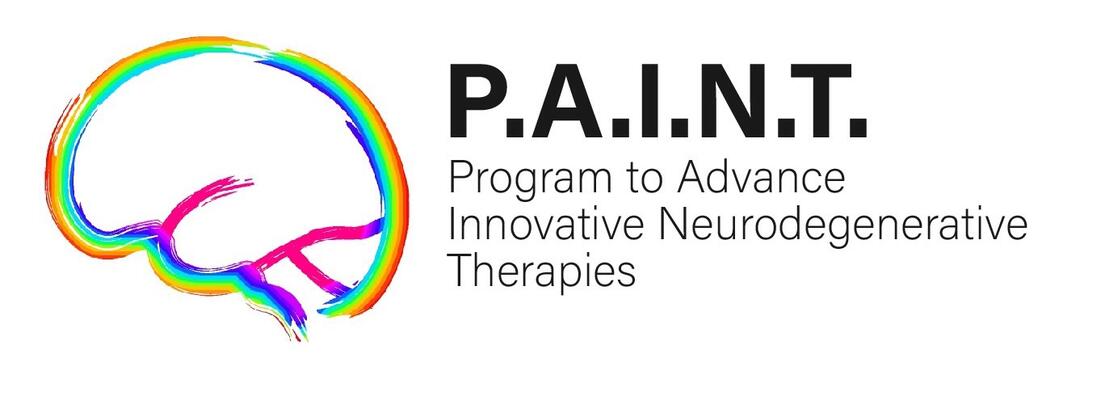Abstract
BACKGROUND: Several monogenic causes for isolated dystonia have been identified, but they collectively account for only a small proportion of cases. Two genome-wide association studies have reported a few potential dystonia risk loci; but conclusions have been limited by small sample sizes, partial coverage of genetic variants, or poor reproducibility.
OBJECTIVE: To identify robust genetic variants and loci in a large multicenter cervical dystonia cohort using a genome-wide approach.
METHODS: We performed a genome-wide association study using cervical dystonia samples from the Dystonia Coalition. Logistic and linear regressions, including age, sex, and population structure as covariates, were employed to assess variant- and gene-based genetic associations with disease status and age at onset. We also performed a replication study for an identified genome-wide significant signal.
RESULTS: After quality control, 919 cervical dystonia patients compared with 1491 controls of European ancestry were included in the analyses. We identified one genome-wide significant variant (rs2219975, chromosome 3, upstream of COL8A1, P-value 3.04 × 10-8 ). The association was not replicated in a newly genotyped sample of 473 cervical dystonia cases and 481 controls. Gene-based analysis identified DENND1A to be significantly associated with cervical dystonia (P-value 1.23 × 10-6 ). One low-frequency variant was associated with lower age-at-onset (16.4 ± 2.9 years, P-value = 3.07 × 10-8 , minor allele frequency = 0.01), located within the GABBR2 gene on chromosome 9 (rs147331823).
CONCLUSION: The genetic underpinnings of cervical dystonia are complex and likely consist of multiple distinct variants of small effect sizes. Larger sample sizes may be needed to provide sufficient statistical power to address the presumably multi-genic etiology of cervical dystonia. © 2021 International Parkinson and Movement Disorder Society.
PubMed


